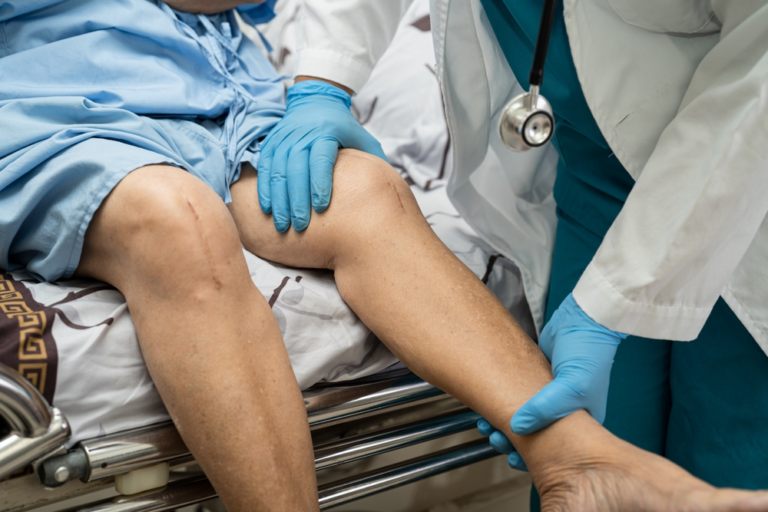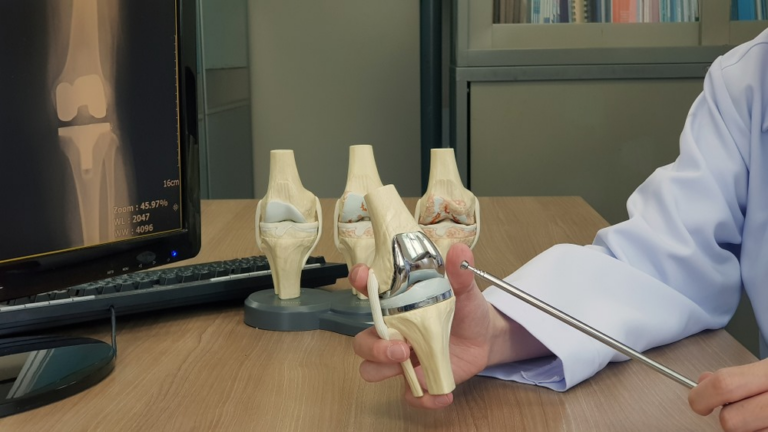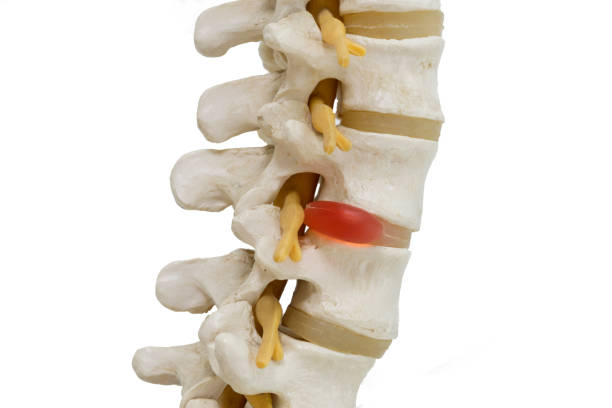Recovering at Home after Knee Replacement: Do’s and Don’ts
The healing and recovery from a knee replacement surgery is a very gradual process. In the first six weeks, there is a fast healing that will happen. However, a full recovery from the surgery can take from six months to a year. The main efforts of post-surgical care are geared toward controlling post-surgical pain, improving the knee’s range of motion, and increasing the surrounding muscle strength. Once the patient is fully recovered, they typically have very little pain and better knee function.
The surgery involves cutting into the skin, soft tissue, and muscles of the knee. The bones and cartilage tissue of the end of the femur and the top of the tibia are cut and reshaped, to make room for the artificial joint. In order to make sure that the knee heals properly, a combination of rest and physical therapy will keep the healing and recovery on the right track. Additionally, each individual’s recuperation period will be different. However, most people can continue some modest activity in a few weeks, but they can only begin more strenuous activities after six to twelve months. Certain high-impact sporting activities like football and basketball may have to be given up entirely.
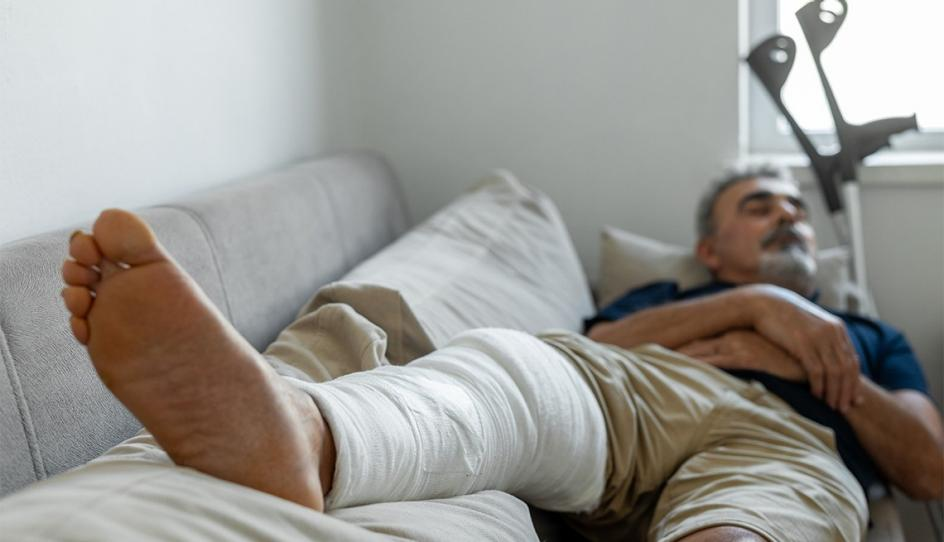
Recovering in the Hospital
After the surgery, the patient will usually spend some time in the recovery room where they will likely be administered some medication to help them manage the pain. They will continue to receive painkillers in the days following the surgery due to the soreness of the knee. The patient will also be helped by their physical therapists, nurses, and other health care specialists in activities like walking so they can go home as soon as possible. They will require walking aids like canes, crutches, or walkers at first.
Recovering at Home
The patient can usually go home if their wound is healing properly and they can safely get around. Most patients can leave the hospital a day or three after the operation. Before the patient can leave, they are usually given instructions by a physical therapist about managing their daily activities and their home exercise programs. Strictly adhering to the given exercise early on in the recovery process will greatly help in the long-term strength and movement of the operated knee. A nurse will also remove the stitches after about ten days from the surgery. There will also usually be a follow-up appointment about six weeks after the surgery to check the progress and ascertain if the patient is recovering well.
What are Some of the Factors that can Slow Down Knee Replacement Surgery Recovery?
Patients are given specific instructions on the activities they may and may not do. They are also given rehabilitation schedules which they are expected to strictly adhere to. Recovery may however take longer than expected if the patient does any of the following:
Avoid physical therapy
In knee replacement recovery, physical therapy is an essential part of it. It helps in establishing the new knee’s range of motion as well as ensuring that the muscles achieve adequate strength to support the new joint. Individuals that do not carry out this activity may prolong the time the knee fully recovers its normal state.
Patients who have undergone knee replacement surgery should perform a variety of physical therapy exercises, including step-ups, knee bends, and leg lifts. You can receive specialized workouts from your physical therapist that are suitable for your unique condition and restrictions. It is advised that you carry out these exercises multiple times per week for 20 to 30 minutes at a time.
Nicotine use
Nicotine from smoking or other sources prolongs healing and is ill-advised for patients recovering from a knee replacement surgery. Also, nicotine use causes the blood vessels to narrow, causing the limiting of oxygen and nutrients that can travel in the bloodstream. In the instance that the blood cannot get to the knee, oxygen and the nutrients needed for healing will not be delivered. This can cause the slow healing of the surgical wound.
Mismanagement of Diabetes
Patients that diabetes would need to properly manage it. Uncontrolled type 1 or type 2 diabetes can negatively affect the blood flow and the immune system. This can significantly reduce the healing rate of the wound, and it can also increase the risk of infection.
Participate in ill-advised activities
When patients deviate from the laid down rules of their surgeon or physical therapist, they can contribute to slower healing or aggravating of the surgical wound. Not using an assistive device like a walker can increase the risk of falling, which can greatly slow down the rate of healing or even necessitate another surgery.
Alcohol and drugs
Excessive alcohol usage and the use of recreational drugs can also increase falling risk. They can also be life-threatening when mixed with the prescribed painkillers.
A surgeon or a nurse can further give the patient instructions on behaviors that can further slow down the recovery rate.
The Do’s and Don’ts of a knee replacement surgery recovery
Do’s:
- The patient should use crutches and walking sticks at first. They may use one crutch or a walking stick later when they are feeling more confident.
- Wait at least six weeks before they drive again.
- Move around for five minutes every hour to prevent blood clots.
- Only attempt walking without aid after six weeks when the patient is feeling confident.
- The patient should avoid twisting their knee or bending down and reaching up as much as possible.
- They should follow the exercise plan given by their physiotherapist.
- They should ensure that their legs are raised as much as possible to reduce swelling.
- They should also return to work only when they feel ready. This should be about 6-12 weeks after the surgery but will largely depend on the type of work that they do.
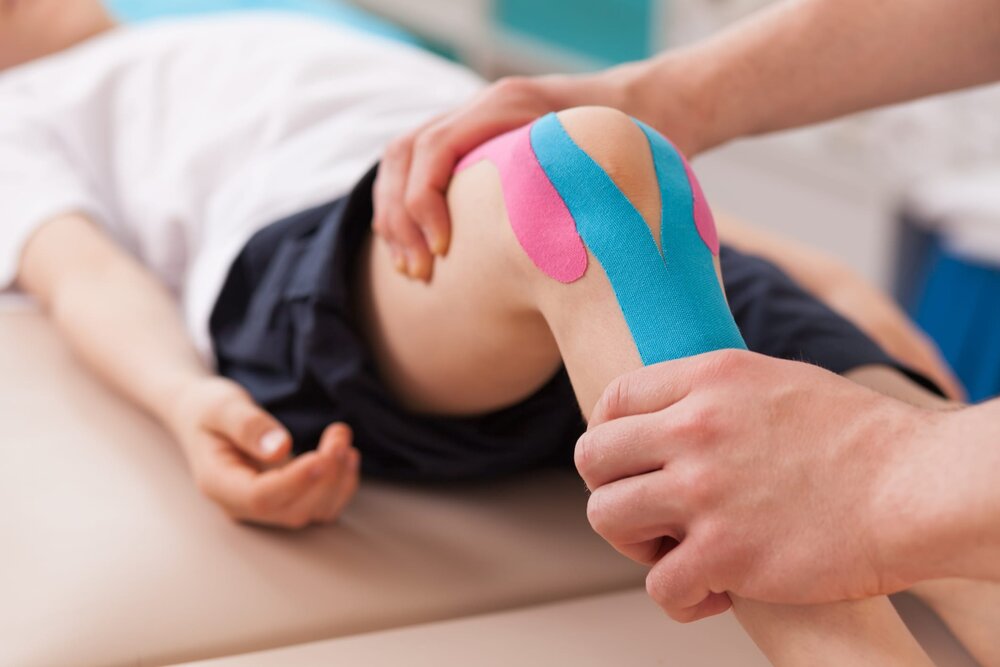
Don’ts:
- They should not sit with crossed legs for the first six weeks following the surgery.
- They should not sleep with a pillow under their knee
- They should not kneel on the new knee till they are told so by their doctor
- They should avoid standing for long periods as they can cause swelling in their ankles
- They should avoid household tasks that involve lifting or moving anything heavy for the first three months following the surgery
The information provided in this blog is for educational purposes only and should not be considered as medical advice. It is not intended to replace professional medical consultation, diagnosis, or treatment. Always consult with a qualified healthcare provider before making any decisions regarding your health. Read more



